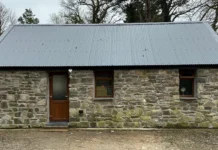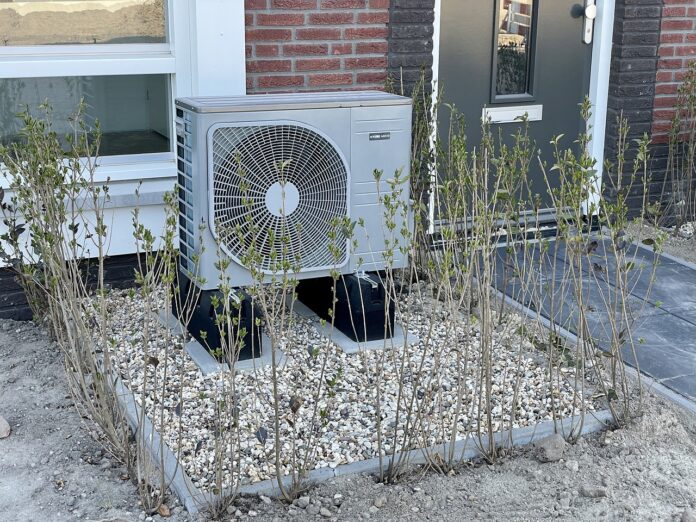Dear Editor
A cautionary tale
I am not against heat pumps per se, indeed I have an air-to-air heat pump fitted to compliment a 4 kW capacity roof-fitted solar panel array
On hot and sunny day the heat pump functions as an air conditioner with free electricity from the solar panels (the solar panels have now paid for themselves, thanks to the Feed-in-Tariff). During the winter months we rely predominantly on our oil-fired boiler as the heat pump cannot compete in keeping the house at the necessary temperature and providing the required hot water – although on sunny winter days it helps – the property is well insulated and has double glazing.
Both Westminster and the Welsh Parliament, in the name of the sickness known as net zero, would urge replacing conventional boilers with heat pumps. But beware the Greeks bearing gifts, and I would urge readers to fully familiarise themselves with the workings of a heat pump and understand exactly to what they would be committing themselves to.
A heat pump is the name given to a unit that uses expensive mains electricity to extract heat from the external air, ground or water (lakes etc). It is wise to remember simple physics which states you cannot get something for nothing, and energy cannot be created or destroyed, it can only be changed from one state to another. Thus the heat pump is simply an electric heater that is enhanced by using heat from the external air, ground or water – do not expect very high temperatures from the output of a heat pump.
Regarding dwellings if it is wished to maintain an inside temperature of say 230 C during the winter months, with an outside temperature of 100 C degrees, then the balance of 130 C will have to be found from the heat pump unit, and as electricity prices have virtually doubled, it would be wise to ask any potential installer how much will the estimated electricity bills be over 12 months – not forgetting to enquire if you will have to increase the size of the existing property radiators.
In places such as Colorado in the USA, where winter lows can drop to minus 7 degrees Celsius, homeowners often ask if a heat pump can really heat their home, when there is barely enough heat outdoors to extract. Heat pumps definitely lose capacity as the outdoor temperatures get colder, and in Colorado heat pumps have a backup plan for when that happens. When the outside temperatures get so low that the heat pump cannot extract enough heat to warm the home, the unit switches to backup heating – known as supplemental or second-stage heat. The heat pump system does this automatically – supplemental heat is provided by electric resistance coils, similar to those in an electrical toaster. In Colorado if the home has natural gas, the supplemental heat will probably come from a gas furnace that will assist when the heat pump is struggling.
Dave Haskell
Brithdir
Cardigan
SA43 1ER
Tel: 01239 614671
Help keep news FREE for our readers
Supporting your local community newspaper/online news outlet is crucial now more than ever. If you believe in independent journalism, then consider making a valuable contribution by making a one-time or monthly donation. We operate in rural areas where providing unbiased news can be challenging. Read More About Supporting The West Wales Chronicle

























